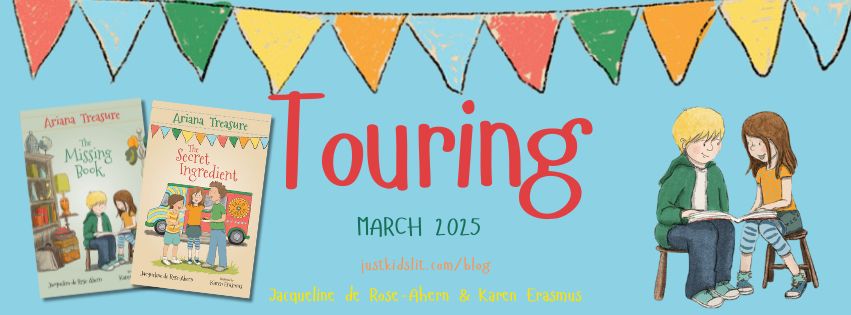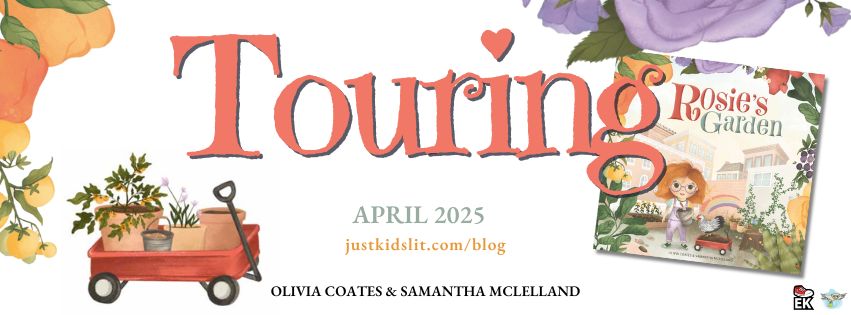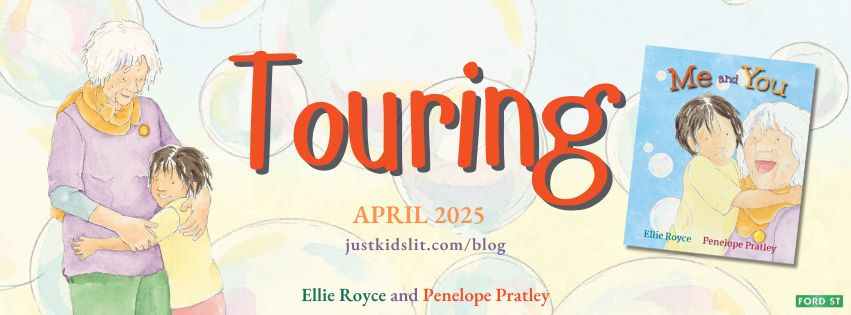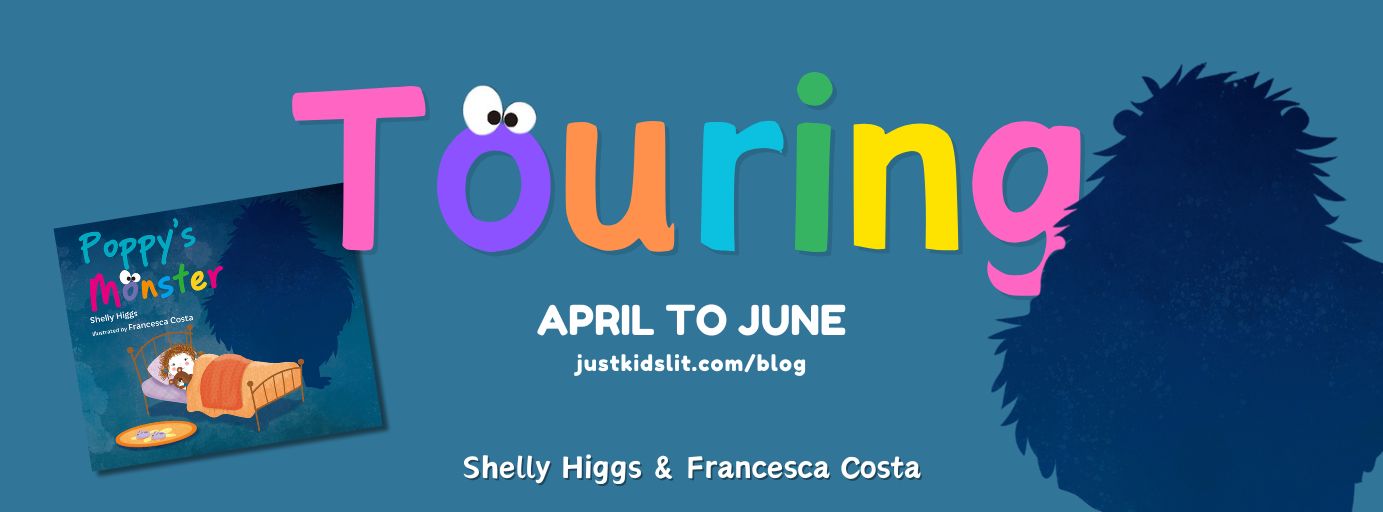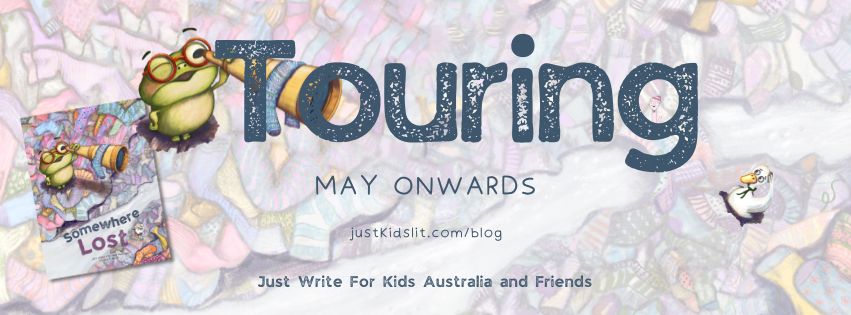#feathers #bookcampaign #booksontourpr #day5
With regard to the themes of empowerment, grief, family, hope and memories in Karen Hendriks and Kim Fleming‘s picture book, Feathers, here are a couple of ideas to help children manage loss of a loved one in positive ways.
*Feathers is written by Karen Hendriks, illustrated by Kim Fleming, published by Empowering Resources, September 2020.
Key Curriculum Areas: Foundation – Year 2
English
Literature and context: Recognise that texts are created by authors who tell stories and share experiences that may be similar or different to students’ own experiences (ACELT1575 )
Responding to literature: Share feelings and thoughts about the events and characters in texts (ACELT1783)
Interpreting, analysing, evaluating: Use comprehension strategies to build literal and inferred meaning about key events, ideas and information in texts that they listen to, view and read by drawing on growing knowledge of context, text structures and language features (ACELY1660)
Creating texts: Create short texts to explore, record and report ideas and events using familiar words and beginning writing knowledge (ACELY1651)
Visual Arts
Use and experiment with different materials, techniques, technologies and processes to make artworks (ACAVAM107)
Health and Physical Education
Communicating and interacting for health and wellbeing: Identify and describe emotional responses people may experience in different situations (ACPPS005)
Reference: https://www.australiancurriculum.edu.au/
Age Range
4 – 8 years
Discussion
Look at the cover of ‘Feathers’. What do you see? What do you think this story might be about? How do you know?
Why might the feather be special to the boy?
How do you think the boy is feeling? Do his feelings change in the story?
What was the boy’s idea for remembering his Mum? Do you think he will always feel happy and dream about his Mum? What could he do in the future?
What is a dream catcher? What does it do? Can you think of some other ways you can use feathers to create good memories?
How do you think Dad is feeling?
What are some other things you notice in the pictures? What is your favourite page? Why?
Have you felt the loss of someone special to you? What are some of the ways you feel better about losing that someone?
Letter Writing Task
Objective: For parents to write a letter to their child/ren telling them what they mean to them. For children to write a letter to a loved one lost, sharing their feelings and memories as a way to work through grief.
Materials:
Paper and pencil
Directions:
- Who are you addressing your letter to?
- Write from the heart!
- Share a memory, a story, your hopes / dreams / wishes, a task that helped with the loss, how you felt around them and without them – anything that’s meaningful to you.
- Include other special momentos – a joke you shared, a favourite photo, a lovely drawing, etc.
- Where will you send or keep your letter?
Here is an example of a heartfelt letter written by Mum to her boy, Ad from Feathers. Written by Karen Hendriks.
Dear Ad,
I don’t want this letter to be sad. For you’re always and forever, my boy. My favourite perfume is Happy, and that’s what I want for you, more than anything, to be happy and to know that you’re loved dearly. My love for you will never end, it will always be there. You just need to believe and find it.
And although, I won’t be around to see you grow, you’ll remember things that made me, me. I’ll be forever with you in your dreams. Whenever, you find a feather unexpectedly, know that it’s me, your mum sending a sign that I’m watching over you. With a special dream treasure feather, I’ll be with you in your dreams forever. Place your dream treasure under your pillow and you’ll find me.
Every now then, watch one of those videos of us together. Sing our song, Over the Rainbow and remember to still talk to me and listen deep inside for when I talk back.
Be kind to your dad, he will love and protect you always. Know my dear child that love has no end.
Always and forever
Mum
Feather Dream Catchers
Background information: The dream catcher is a symbol of protection and comfort. They are traditionally used as talismans for protecting people, particularly children, from bad dreams. The dream catcher is said to attract and catch dreams, passing the good dreams through its webs, down the feathers to comfort the sleeper below.
Objective: To create a beautiful dream catcher and promote the discussion, empowerment and comfort around grief or angst and reinforce a positive energy.
Materials:
Acylic paint, crayons or textas
Paintbrush
Wool or string
Tape
Optional beads, gems and decorative craft items
Feathers
Scissors
Hole punch
Directions:
- Cut out the hole in the centre of the paper plate. Decorate the remaining ring with your choice of media.
- Punch holes on the outer side of the paper plate ring – three or four at one end, then one at the other end directly in the middle to hang it up.
- Punch nine more holes around the inner side of the ring, separating each hole fairly evenly apart.
- Cut a long piece of wool and thread through one of the inner holes, and tie off at the back. Weave the wool in and out of the holes, occasionally threading a bead onto it if desired.
- Cut three or four pieces of wool for the remaining holes on the outer side of the ring. Thread beads and tie a coloured feather at the end of each string. Tie these on to your dream catcher.
- Hang in your room and enjoy your special dreams!
Reference: https://jugglingwithkids.com
#feathers #craft #literacy #dealingwithgrief #family #love #hope #dreams
Follow Karen at these links:
Website: www.karenhendriks.com
Facebook | Twitter | Instagram
Feathers is available to purchase at Empowering Resources | Booktopia.
We’re Making Your Wishes Come True with the Feathers #BookGiveaway!
Click here to go in the running to WIN a copy of the beautiful ‘Feathers’.
Float away with us; Karen Hendriks and her stunning picture book, Feathers, will be appearing at the following media sources…
Organised by Books On Tour PR & Marketing. Email: info.booksontour@gmail.com









